Joan Johnson was quite a lady. Chaka and Whitney might have really been singing her life as they sang I’m Every Woman.
A hard worker, determined and focused, Joan was grand, beautiful, stunning, and sophisticated, yet she remained the girl next door from the South Side of Chicago.
Joan was the wife of George Johnson and together they owned Johnson Products, a leader in the hair care industry with Ultra Sheen and Afro Sheen and a host of other products. Joan passed away September 6 at the age of 89.
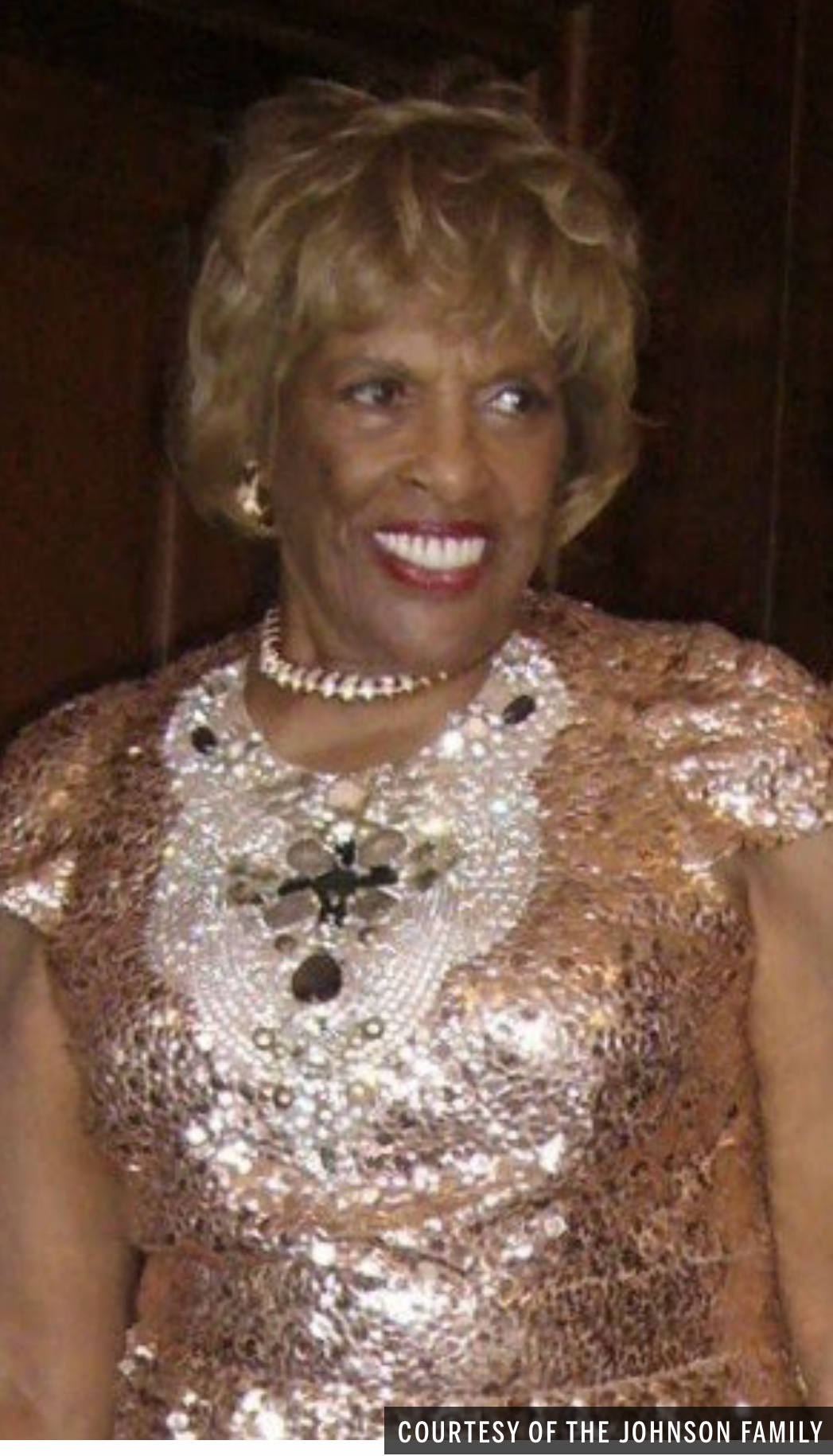
She was a pioneer and creative as the company made its way in a brand new space. She mingled with all and was proud of her culture and never stopped being Black.
I worked with George and Joan Johnson in 1978 as Johnson Products Company celebrated its 25th anniversary. They were my first large public relations client.
I headed up the “Great Beautiful Black Women” project, which was a series of portrait paintings by the famed portrait artist Paul Collins. Mr. Johnson wanted to celebrate his customer and pay tribute to Black women.
He also wanted to define the concept of “beauty” and was more concerned with deed than he was look. The exhibit traveled the country in major markets, appearing in key museums and educational institutions along the way.
It opened in Chicago at the Cultural Center when the Cultural Center was brand new. Opening night was fabulous, with thousands in attendance. In New York we were at Lincoln Center; in Atlanta we were at Spelman College; and in Memphis we were at the Pink Palace Museum. The openings were standing room only with a who’s who crowd. The exhibit rests now at Spelman College, donated by the Johnsons. Joan was on Spelman’s board.
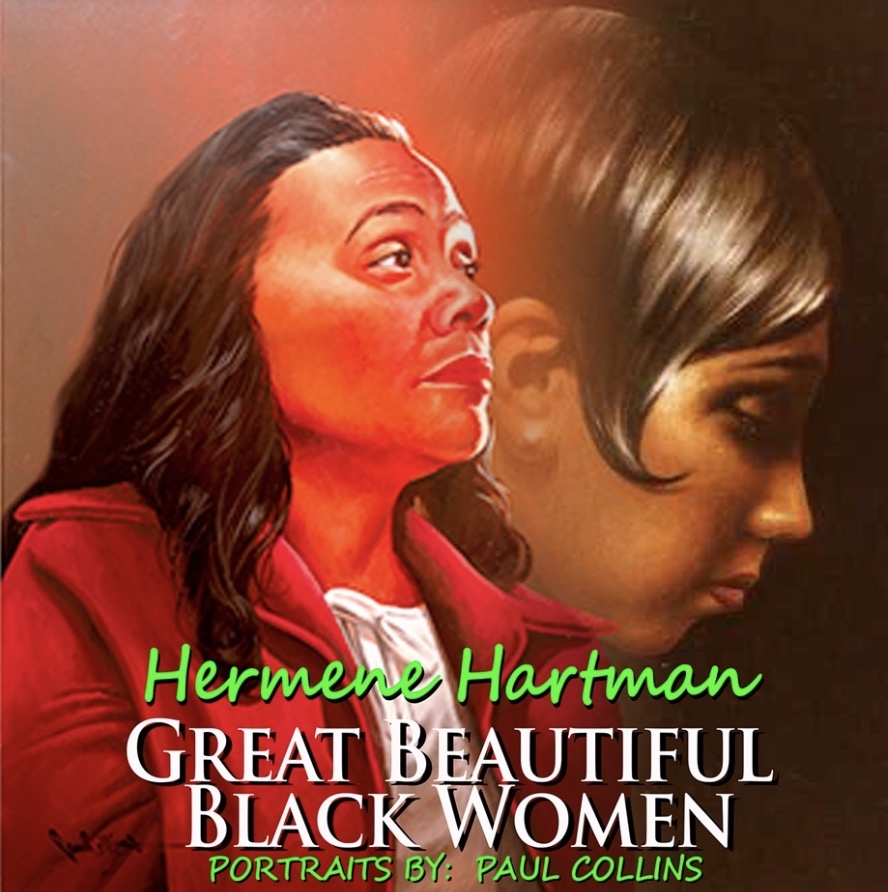
The women honored with portraits included the Queen of Sheba, Phyllis Wheatley, Sojourner Truth, Harriet Tubman, Ida B. Wells, Mary Church Terrell, Madame C.J. Walker, Marian Anderson, Josephine Baker, Rosa Parks, Fannie Lou Hamer, Coretta Scott King, and Wilma Rudolph – they were the original women. Mary McLeod Bethune was added; she was one of George Johnson’s favorites.
Mrs. Coretta King, Rosa Parks, and Wilma Rudolph were guests at some of the openings. We had a blue ribbon committee, including writer/historian Lerone Bennett, that selected the women to be showcased. Johnson wanted multiple perspectives. It was a special effort and we met on Saturday mornings.
This is one of the projects I am most proud to have worked on. It was wonderful, and I just loved the way the beauty company and Mr. and Mrs. Johnson defined “beauty.” In today’s marketing lingo, it would be called “rebranding.” I wrote a booklet with a biography and the portrait of each woman. The booklet was available to schools and used as a teaching tool in classrooms.
Empire In The Community
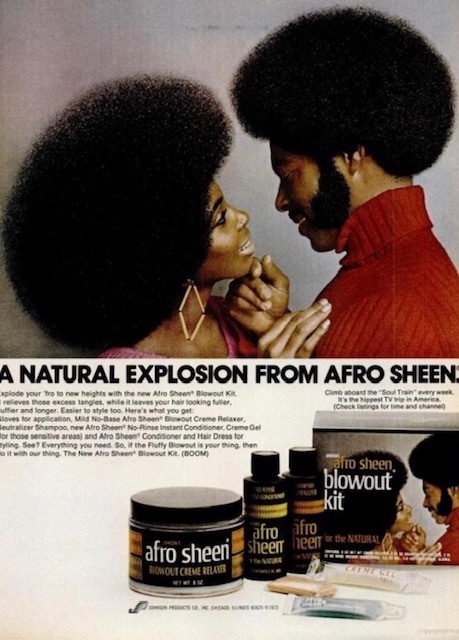
In the early years of Johnson Products, Joan was at her husband’s side, doing the necessary things for a young business and a young family. The company had an initial investment of $250 that the bank loaned for a “family vacation”. They used it to build an empire.

They were an entrepreneur couple, building a company and raising a family. A woman’s role at that time was radically different from a male’s. Joan rose to each occasion.
She organized the beauticians and got them to order product. She knew the best hair stylists and used them for herself. She implemented the fashion show at the annual Congressional Black Caucus celebration that became a special event unto itself.
The Johnsons invested back in the community with funding and sometimes product. They were supporters of the Chicago Urban League and Operation Breadbasket (now the Rainbow/PUSH Coalition.) Their products became available on Walgreens’ shelves and at other major outlets and they experienced tremendous growth.
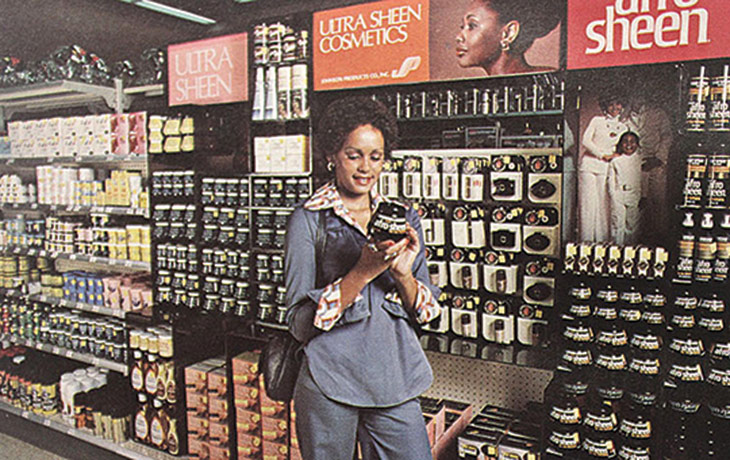
They made a difference. They were the first to advertise in the brand new Essence Magazine; it was a perfect fit. They were the first to sign up for national advertisement with the TV show Soul Train. Their customer base soared.
Johnson Products was the perfect example of what it means to have the support of a corporate company within your community. They were business stewards and diligent as they created jobs and business opportunities.
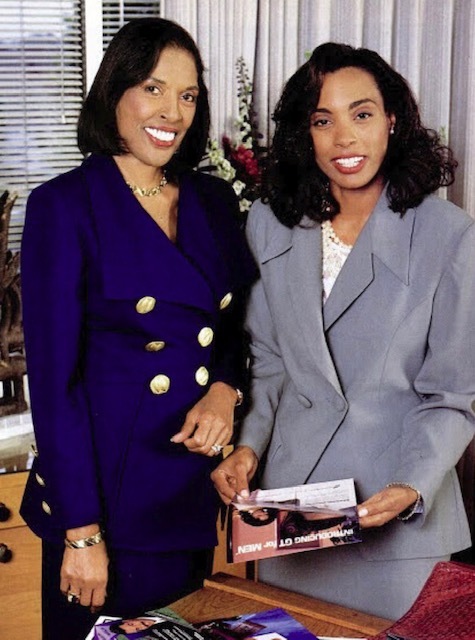
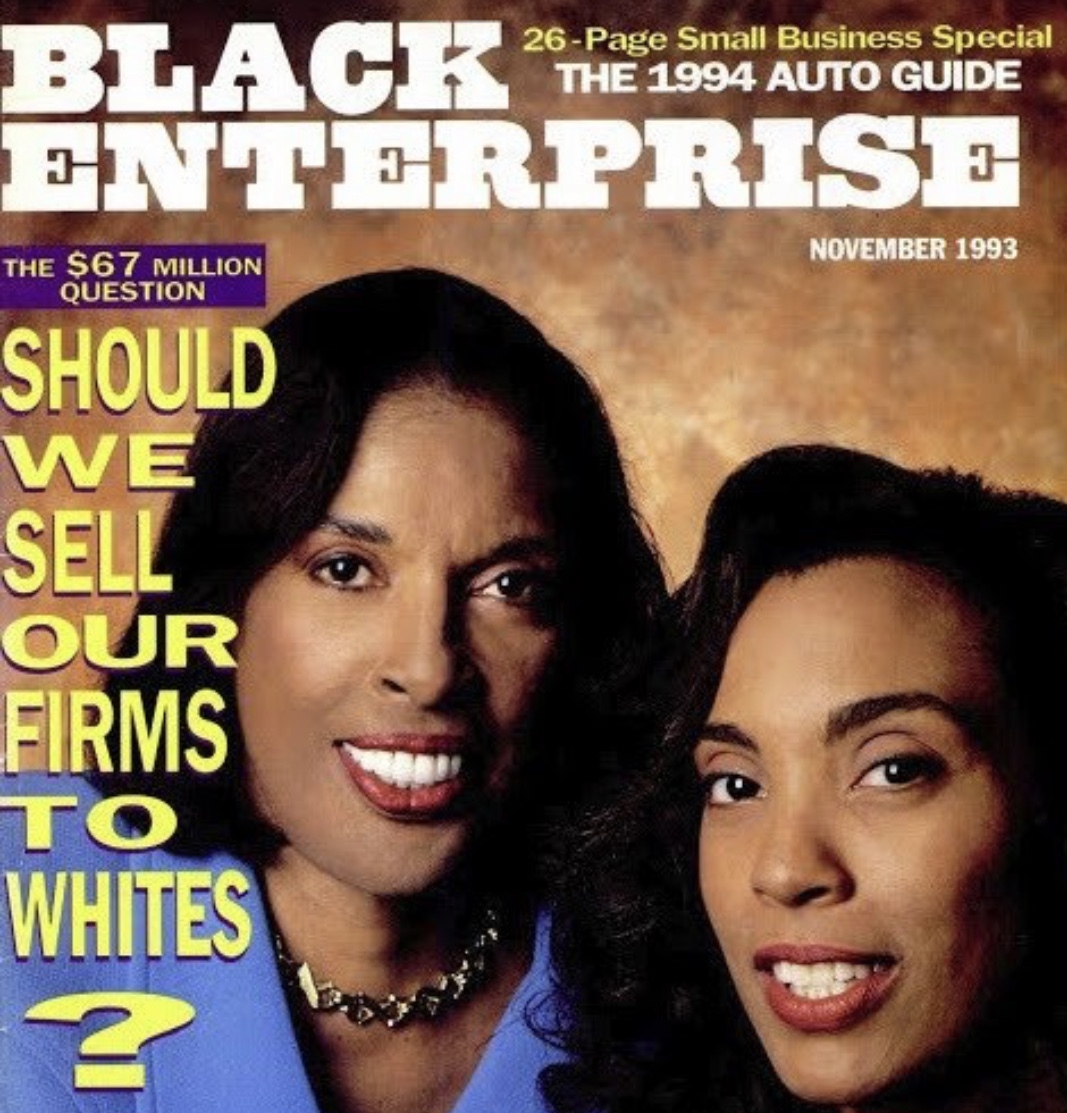
Joan and George eventually divorced and in the divorce settlement, Joan was awarded the company. She fired her son, Eric, and hired her daughter Joan Jr. to work with her. The new president, Mrs. Johnson, prepared the company for sale and in 1993, she sold it for $67 million. She and George eventually remarried and behaved like the high school sweethearts they really were.
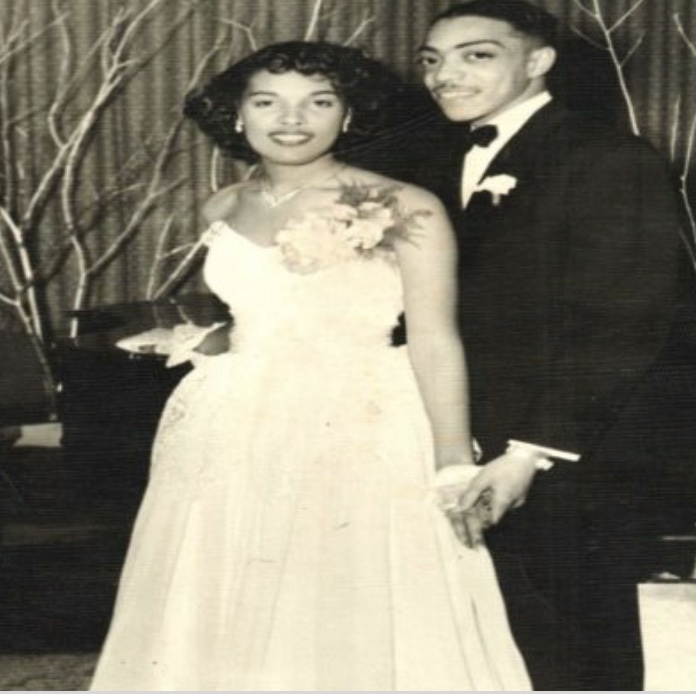
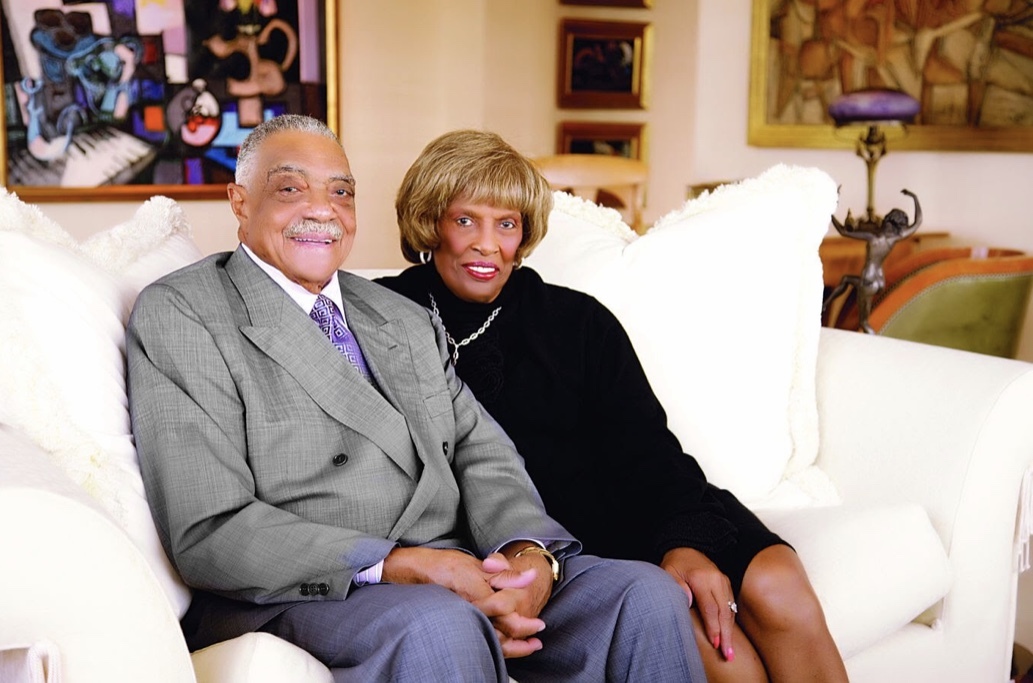
I renewed my friendship with Joan when I started N’DIGO. She called me one Sunday with encouraging words. When I was the President of ABLE, a business group consisting mostly of men, I called her for her son Eric’s number. I told her what I was doing. The men were being overpowering. I needed a strong voice and votes. Joan said, call Eric, he will help. He did.
One day I was shopping and ran into Joan and she liked my hair and asked who did it. I told her it was (the late) Emery Jones and she said she had been looking for him. I took her to his salon, which was actually downstairs from where she lived.
From then on, we would chat in the salon about life. She looked at me one day in the salon and commented that I looked stress. She suggested I start cooking. Have fun with it, she said.
On another occasion, I was having business problems and needed advice. I called Joan to chat. She listened attentively and said you know what to do. You have to execute it. Don’t be afraid. Think it through, be fair, be honest to yourself, and move forward. Don’t let anything get in your way. Be prepared to kick ass with your high heel shoes.
I always admired Joan as she drove her white Rolls Royce with the top down. She was true grit with a lovely touch of reality no matter the realm. She made her very own runway and she walked it.
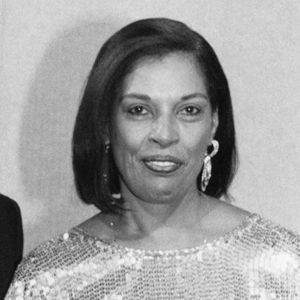


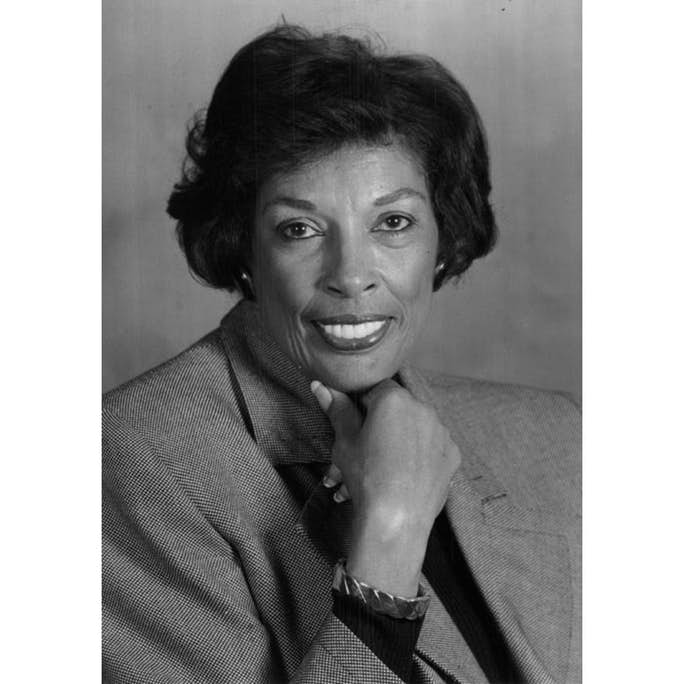
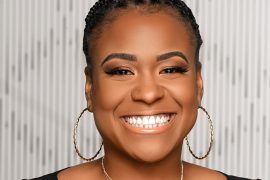

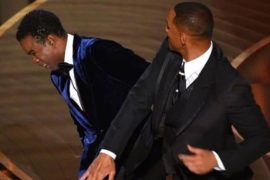
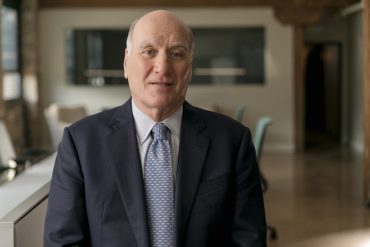
Of all of the articles about Joan B. Johnson, and there have been many as well there should be, this was the best and most personal.